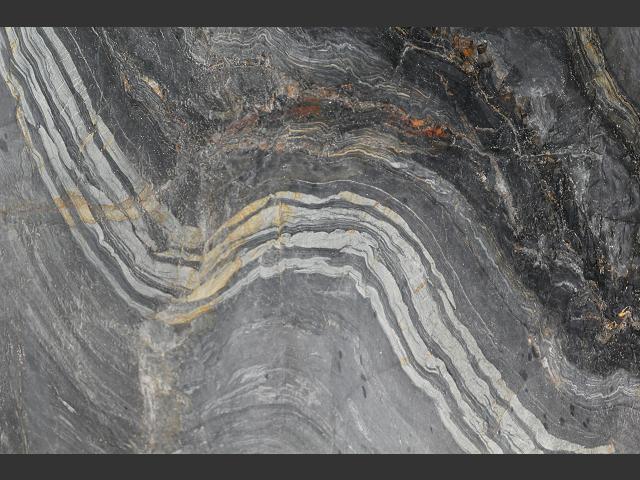

These iron-bearing sedimentary rocks are subdivided by most sedimentary petrologists into two major groups: 1. However, certain sedimentary rocks contain inordinately high amounts of iron (defined as an iron content in excess of 15%). Sediments composed of rounded pebbles are termed conglomerates, while those composed of angular clasts (fragments) are termed breccias.Īll sedimentary rocks contain significant amounts of iron (typically ranging from 1 to 2% to about 8 or 9%), and, in that sense, mudrocks, sandstone, and carbonates can all be considered as “iron-bearing” sedimentary rocks. Sedimentary rocks include sands, including terrigenous silica-rich sandstone, and carbonates, termed limestone. Fossils are found only in sedimentary rocks, some of which are, indeed, made up of nothing else. Permeability allows fluids to migrate through the rock and enables rock and soil to drain. If there are interconnected pores, these give the rock permeability. Void space (porosity) is commonly present between the constituent grains. When examined under the microscope, sedimentary rocks are generally seen to consist of particles. Layering is usually absent from igneous rocks, as discussed above, but is found in some metamorphic rocks, as discussed below.

The strata indicate successive episodes of deposition. Where they crop out at the surface of the Earth, sedimentary rocks generally show stratification. Sedimentary rocks commonly exhibit two properties that may be used to differentiate them from igneous and metamorphic rocks. These parameters of particle size and composition are used to classify sedimentary rocks ( see SEDIMENTARY ROCKS | Mineralogy and Classification). Sediments possess a wide range of particle sizes, ranging from boulders to clay, and of chemical compositions, including silica, lime, and ferromagnesian volcanic detritus.

The way in which rock is weathered, eroded, transported, and deposited is discussed in detail elsewhere ( see WEATHERING, SEDIMENTARY PROCESSES | Erosional Sedimentary Structures, SEDIMENTARY ENVIRONMENTS | Depositional Systems and Facies). Sedimentary rocks are formed from the detritus of pre-existing rocks, which may be igneous, metamorphic, or sedimentary. Selley, in Encyclopedia of Geology, 2005 Sedimentary Rocks Additionally, fossils are only found in sedimentary rocks, some of which are, indeed, made up of nothing else. Permeability allows fluids to migrate through rock, and enables rock and soil to drain. Interconnected pores give the rock permeability. Layering is usually absent from igneous rocks, but is found in some metamorphic rocks. Where they crop out at the surface of the Earth, sedimentary rocks generally show stratification (layering). These parameters of particle size and composition are used to classify sedimentary rocks. Sediments possess a wide range of particle size, ranging from boulders to clay, and of chemical composition, including silica, lime, or ferromagnesian volcanic detritus. The way in which rock is weathered, eroded, transported, and deposited is discussed in detail elsewhere ( see WEATHERING, SEDIMENTARY PROCESSES | Fluxes and Budgets, UNIDIRECTIONAL AQUEOUS FLOW, and SEDIMENTARY ENVIRONMENTS | Depositional Systems and Facies). Sedimentary rocks are formed from the detritus of pre-existing rocks: igneous, metamorphic, or sedimentary.


 0 kommentar(er)
0 kommentar(er)
